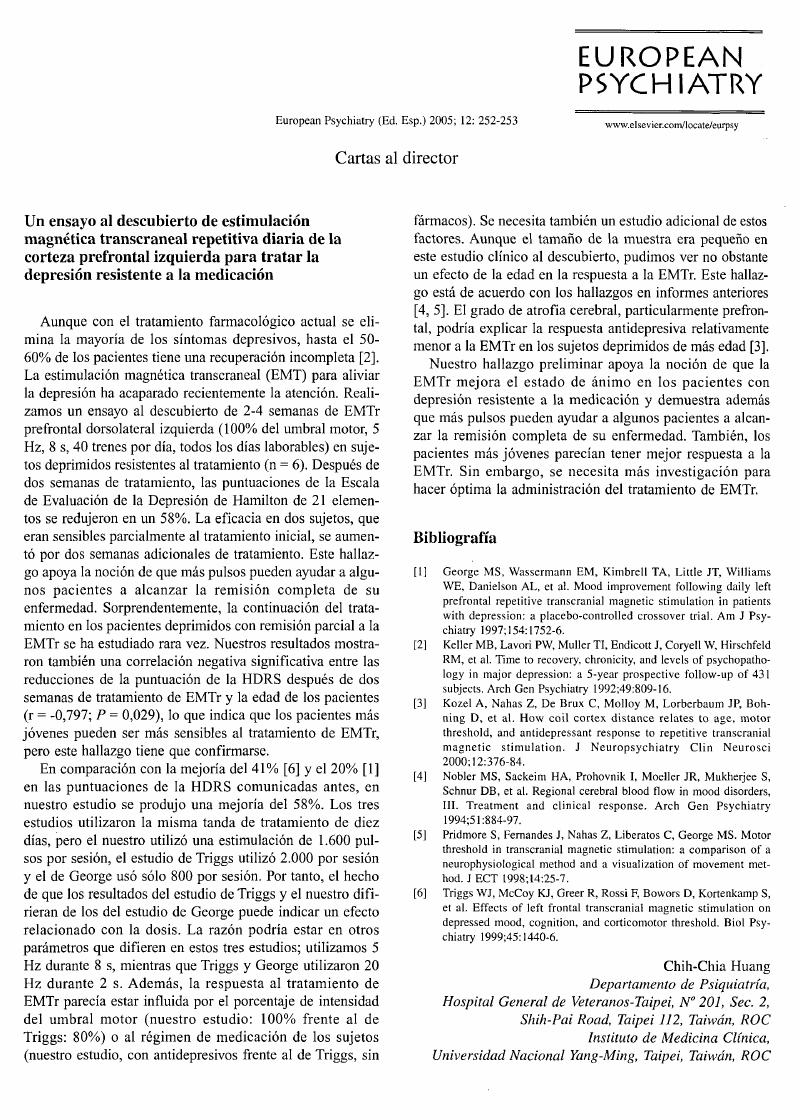[3]Kozel, ANahas, Z, De Brux C, Molloy M, Lorberbaum JP, Bohning D, et al.
How coil cortex distance relates to age, motor threshold, and antidepressant response to repetitive transcranial magnetic stimulation.
J Neuropsychiatry Clin Neurosci 2000;
12:
376-84.
CrossRefGoogle ScholarPubMed 